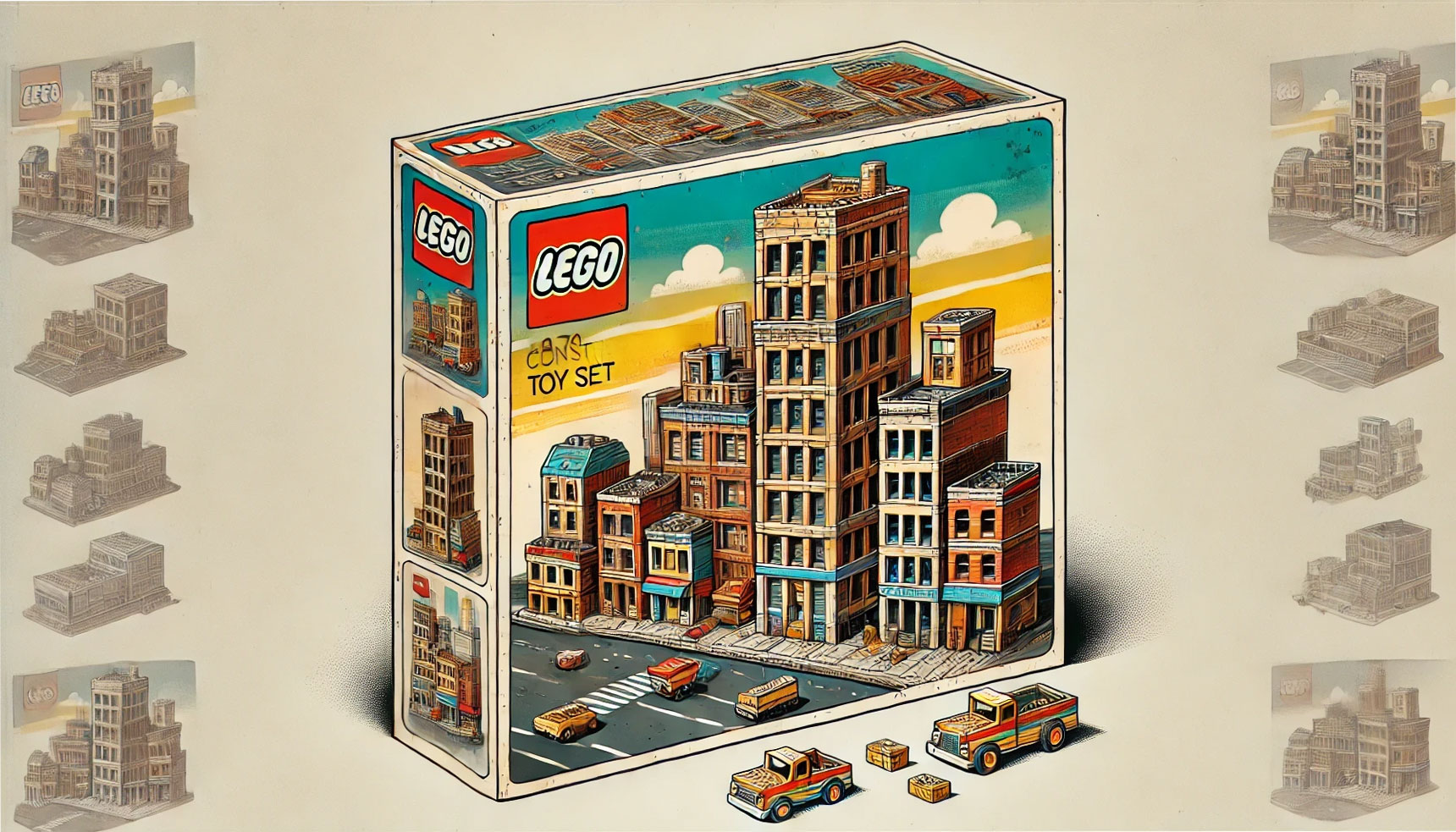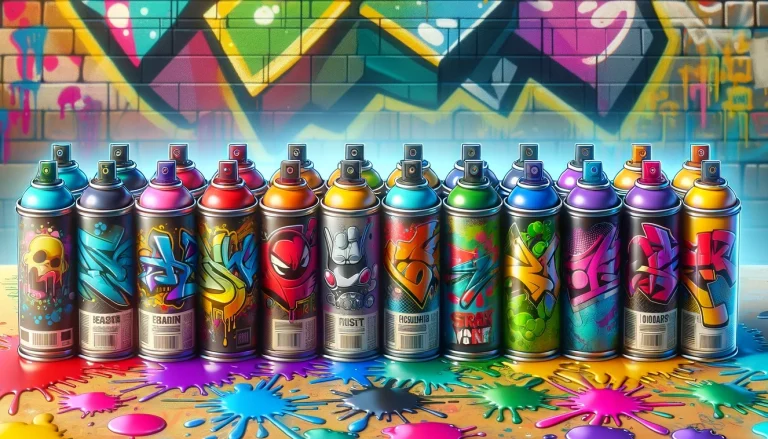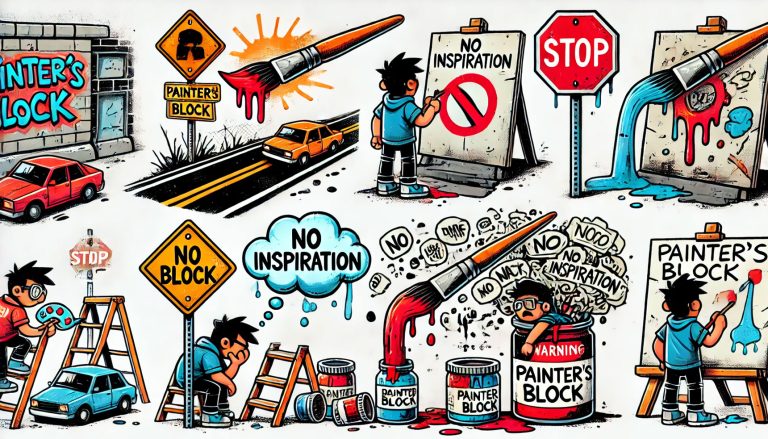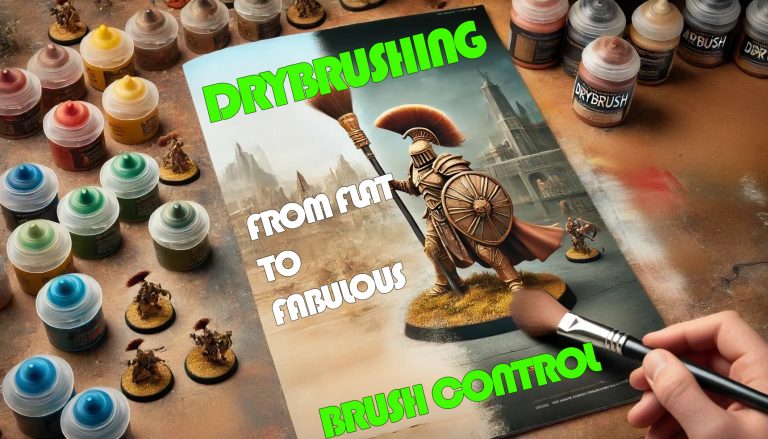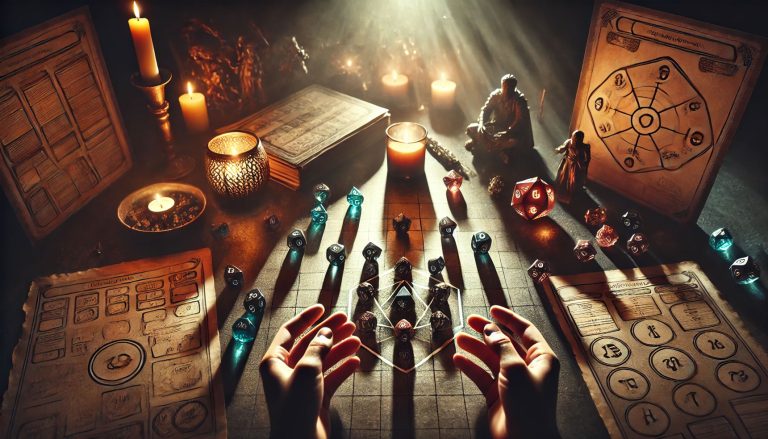Retro Revival & Nostalgia in Tabletop Gaming
Why Nostalgia Sells in Tabletop Gaming
Nostalgia in tabletop gaming is a powerful. Just last weekend, I played Lords of Waterdeep, a modern board game that cleverly integrates classic D&D themes and modern mechanics. Reinforcing how retro influences still shape today’s gaming landscape. Whether it’s board games, role-playing games, or video games, players often gravitate toward experiences that remind them of their childhood or early gaming years. This got me thinking, why does nostalgia hold such a strong appeal?
Psychology of Nostalgia: Research suggests that nostalgia can create a sense of comfort, stability, and joy. In an era of fast paced technological changes, retro gaming provides a familiar, reliable escape. A study published in Frontiers in Psychology highlights how nostalgia can enhance social connectedness and psychological resilience, reinforcing why nostalgic games remain popular (source).
Complexity: Many players appreciate the straightforwardness of older mechanics. Classic games (typically those designed before the rise of heavily structured rule systems) relied on player ingenuity rather than complex rule sets. Which is a growing appeal in today’s market. Modern games, by contrast, often feature more detailed mechanics, balancing depth with accessibility through structured progression and refined rules.
The OSR Movement in TTRPGs
The Old-School Renaissance (OSR) movement is a major example of nostalgia’s power in tabletop gaming. Games revisit the simple mechanics and fantasy feel of early Dungeons & Dragons (D&D) and other role playing systems, bringing a streamlined player driven experience back to the table. This movement draws on 1970’s emergent storytelling. Deadly combat and open ended problem solving rather than min-maxing (maximising character strength while minimising character weaknesses). OSR fosters death defying ingenuity rather than character capabilities. Player skill overrides character skill. Improvisation overrides preparation. DIY thinking overrides boxed resources, a hark back to the traditional interpretation of ‘play’.
Compared to the streamlined and highly structured mechanics of 5th Edition D&D, OSR systems challenge players to think outside the box. Rooted in the Judges Guild, each decision carries weight and the lack of handholding creates an immersive experience. With plenty on the market its hard to list a few, but here a couple of team favourites: Cairn (2020), Old School Essentials, Advanced Fantasy (2021), Worlds Without Number (2021), The Monster Overhaul (2023)
Retro Influence in Modern Board Games
While OSR has influenced the TTRPG space, a similar trend is happening in board gaming. Game developers are embracing classic mechanics, sometimes refining them, sometimes leaning heavily in. A recent example of this phenomenon is Talisman, a game that has been re-released in multiple editions while staying true to its original roll and move mechanics and character-driven progression.
Other games like Return to Dark Tower modernise classic roll and move experiences by adding digital integrations. While hidden movement mechanics, seen in Letters from Whitechapel and Fury of Dracula, continue to provide that nostalgic cat and mouse thrill. Asymmetric gameplay, popularised by classic war games, is now finding a new audience with titles like Root, which blends old school strategic depth with modern design sensibilities.
The balance between preserving classic mechanics and modernising them is a delicate one. Some games, like Clank!, have successfully taken classic dungeon crawling concepts from Dungeon! and blended them with modern deck building mechanics to create a fresh yet familiar experience. This mix of old and new is a defining feature of today’s retro-inspired board games, proving that nostalgia can be a foundation for innovation rather than just a gimmick.
From a personal perspective, it’s fascinating to see how new games either improve upon classic mechanics or simply use nostalgia as a marketing hook. Certainly for players expanding their board game horizons, nostalgia is a vital hook. Easing them out the comfort zone gently. When teaching friends new board games we always lead with familiarity first – so as to not scare them off! This tension between past and present continues to shape board game design, ensuring that the industry remains both innovative and deeply rooted in its history.
The Future of Retro Revival in Tabletop Gaming
As nostalgia driven design continues to shape the gaming landscape, will we see an eventual burnout, or is there an enduring appeal to retro mechanics? The key to longevity in retro inspired gaming lies in balance. The most successful modern games don’t just copy old mechanics; they refine and expand upon them. Titles that merge nostalgia with fresh ideas – like Lords of Waterdeep, which transforms traditional D&D themes into a worker placement game, are proving that retro appeal doesn’t have to mean outdated design.
While nostalgia is a powerful draw, it’s unlikely to remain the sole focus of game development forever. Instead, it may evolve into a cycle where designers continuously revisit and reinterpret past mechanics for new generations of players. Rather than fading away, the retro wave may become a permanent fixture in gaming, providing both innovation and a comforting link to the past.
Board Game Nostalgia
This is a family business so we all write for this blog, I’ve got this nostalgia article on account of still owning and loving my childhood board games. Monopoly continues to languish in my mothers attic, it hasn’t made an appearance since Christmas 1985 on account of the arguments had while playing it!
I’ve dug out a few classics from our board games cupboard, all of which have been owned since childhood! Like a rather battered Master Mind, the brown plastic version (complete) and my own beloved 810 LEGO set which father got us one Christmas – second hand at the time. Its gone on to entertain several generations and still has its original playboard, Esso sign and some of white (now cream) curved base plates. We actually need to sift through a few carrier bags and execute a vintage brick retrieval mission! Hence no photos of the inside, its mainly empty. Interesting point to note though – this box has compartments 🙂 Rather dusty ones currently! Then there is Countdown, with its brilliant (and still tension creating) musical timer, last played four weeks ago! And also Connect 4, which sadly doesn’t get used but has survived a couple of generations of play too.
These cherished family items are more than just dusty relics of the past – they represent timeless game design and enduring playability. Just like the OSR movement and modern retro inspired board games of today, they prove that great mechanics and engaging experiences never truly go out of style.

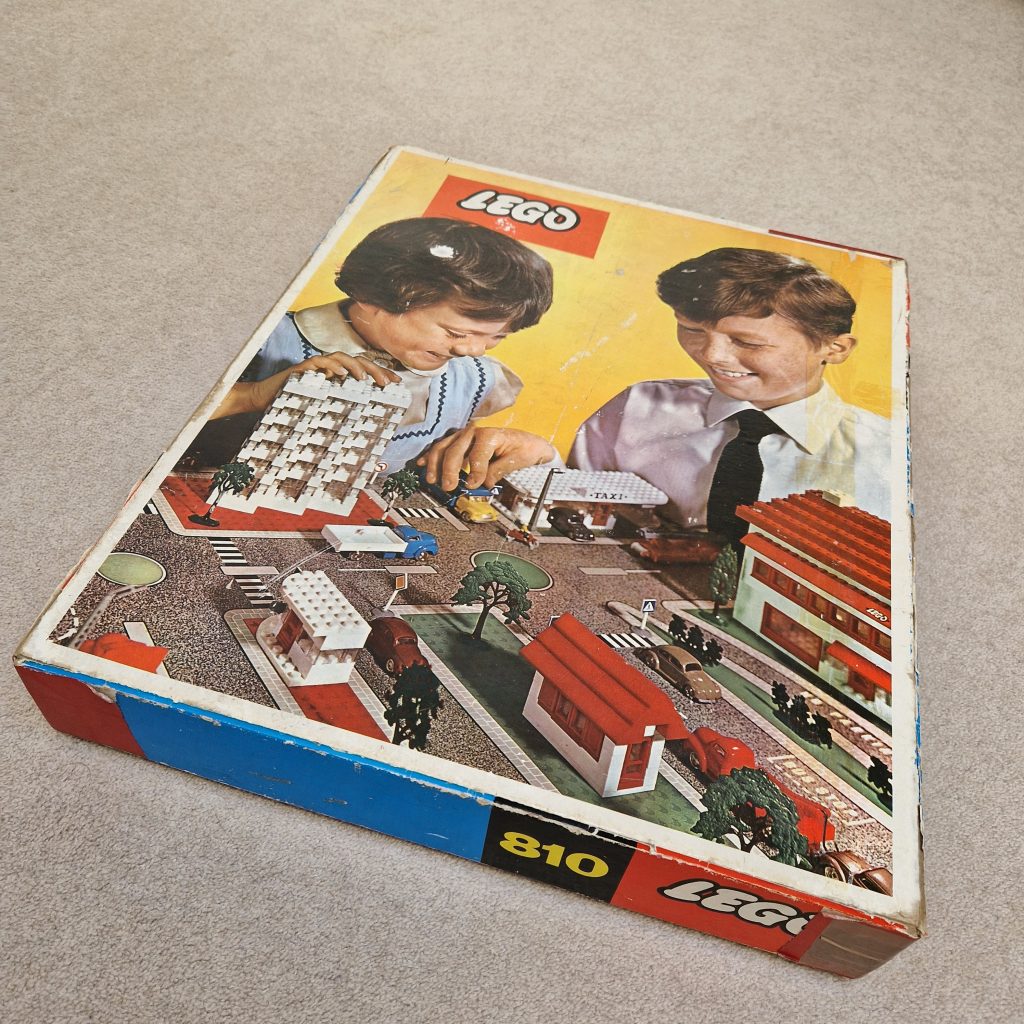
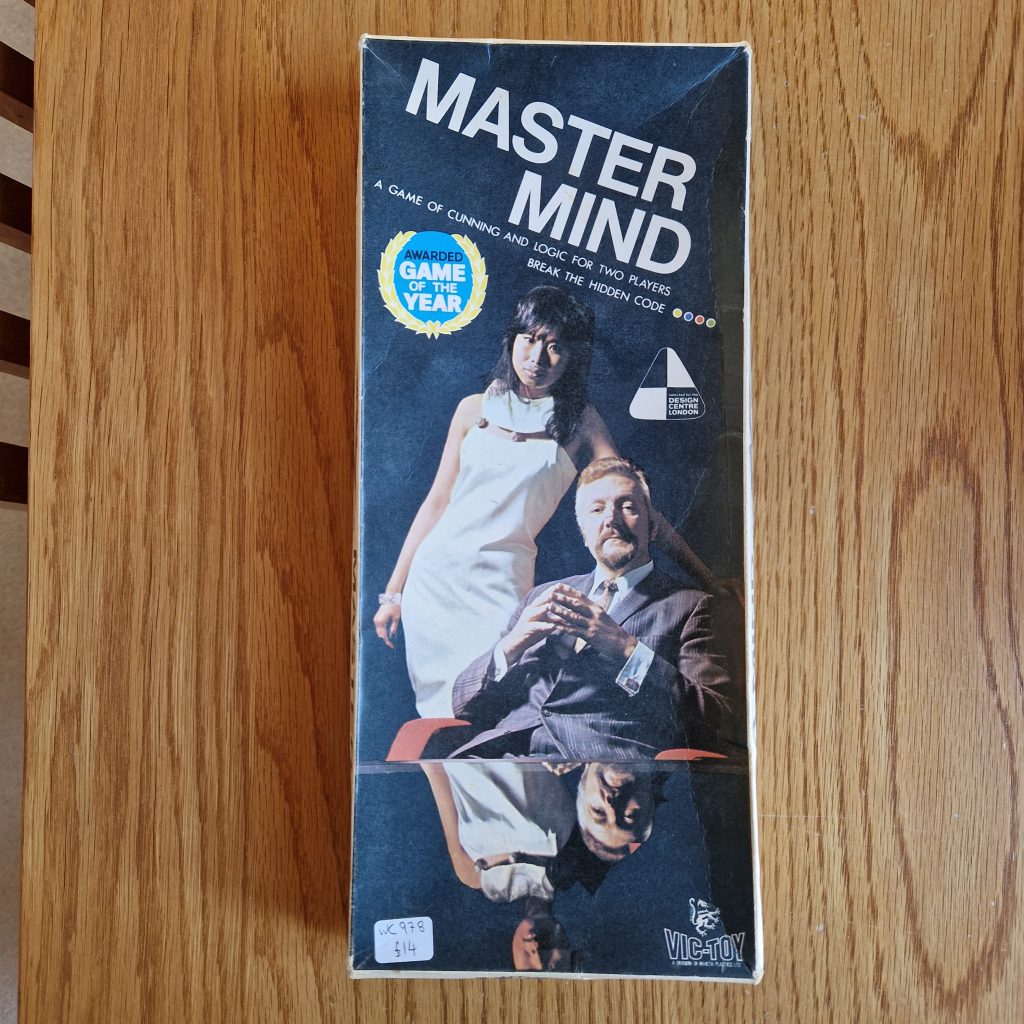
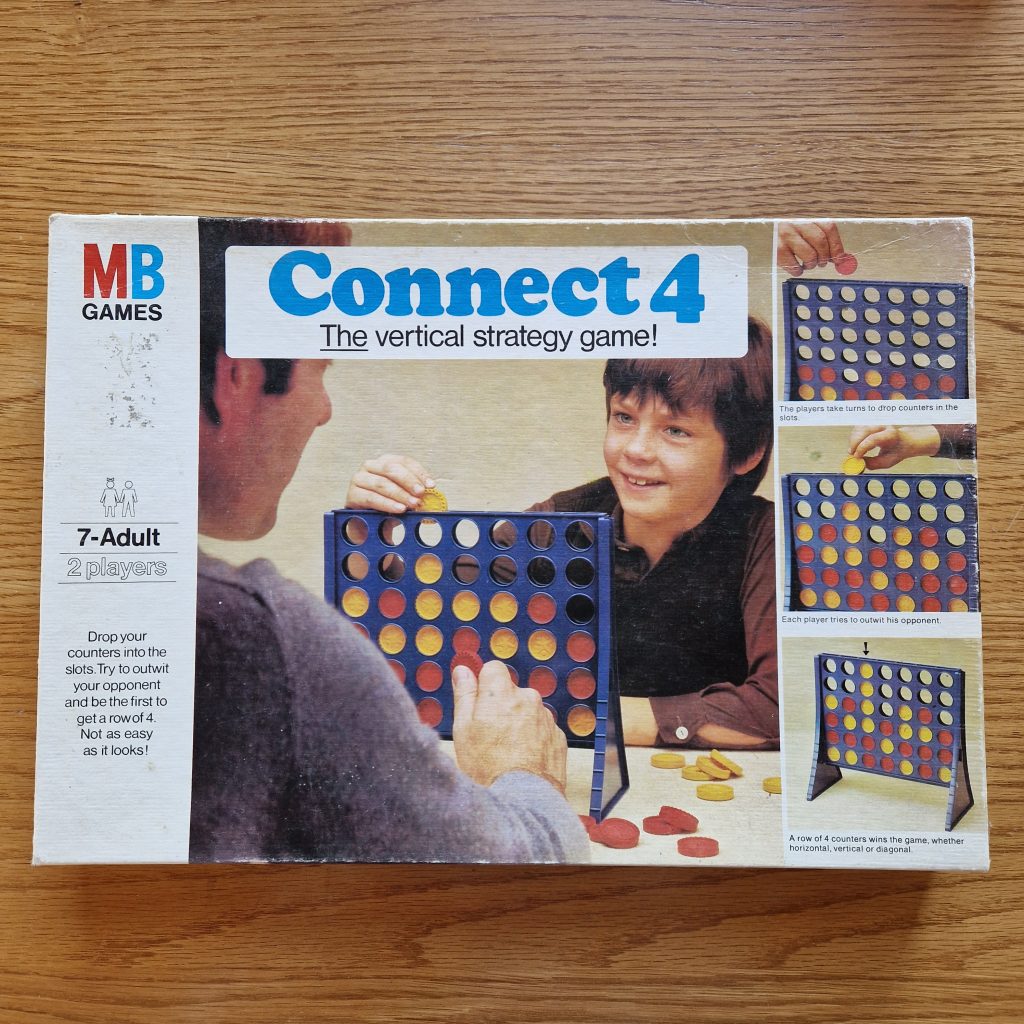
Final Thoughts
Retro gaming isn’t just a passing trend, it’s a testament to the lasting appeal of great design and immersive storytelling. Whether it’s the resurgence of OSR in tabletop RPGs or the return of classic mechanics in board games, nostalgia continues to shape the way we play. While modern innovations refine and expand upon older concepts, there’s something inherently satisfying about revisiting the games that shaped our love for the hobby. As long as players crave depth, creativity, and a connection to the past, the retro revival will always have a place at the table.

